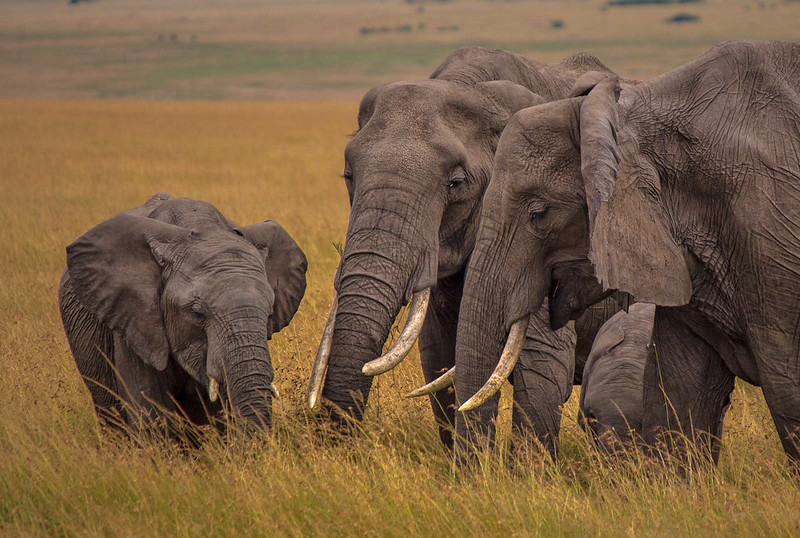Elephants and humans in Africa are embroiled in a tug-of-war over arable land due to the effects of climate change. Arid land is now the norm in many parts of sub-saharan Africa and this has prompted humans and elephants into a brutal feud of who gets the best part of the land.
As a result, there have now been many reported fatal cases that involve elephants and humans, especially when elephants encroach on human settlement areas from the national parks and game reserves.
Although the elephant population has taken a massive dip over the past couple of decades particularly due to poaching, there has now been a resurgence in the number of elephants, especially in southern African countries like Botswana and Zimbabwe with Botswana bringing in back its trophy hunting for elephants and Zimbabwe embarking on a culling expedition to reduce the number of elephants. These measures have been met with skepticism from conservationist and other wildlife activists.
I spoke to Richard Prinsloo Curson, a conservationist and president of The Noah’s Ark Foundation based in South Africa about this feud between elephants and humans.
“Climate change influences the mood of all animals and it has affected the migration of many species globally and elephants are not exempted. So that is why now they go where the food is, migrating across Africa, eating, trampling down bushes and trees as they move, so with humans taking more and more of the land, elephants are being cornered and blocked,” Curson explains.
This being the case, it makes sense that elephants are increasingly trampling over humans, bringing to mind the phrase, “a hungry man is an angry man”, which not only applies to humans but also elephants. Curson went on:
“[The] problem of angry elephants stems from the fences, farmland and barriers to human settlements across the African continent, which leaves elephants with less freedom to naturally move across Africa and restrictions on the species’ natural behaviour obviously is frustrating for them. Remember, humans are only one species among thousands on earth and we have become to think ourselves as superior to every other living thing. Elephants have an incredible gift to communicate with one another miles apart so if some are in distress in the wild, elephants in parks and zoos can pick up on that and it can cause reactions.”
I asked Curson if culling and trophy hunting were the right call to mitigate this looming crisis in the midst of the African continent.
“Culling is used where too many elephants occupy space”, Curson says. “One elephant needs around 100km of bush to survive because they eat hundreds of pounds of trees and plants in a single day! As a consequence of human developments across Africa and farm fencing, elephants are being confined to smaller and smaller natural habitats. Obviously more elephants in less space is unsustainable as there is not enough food to go around. There are parts in Africa where elephants are nowhere to be seen so in my view, the right action is to move elephants not cull [them]. To be clear, culling is merely a lazy and reckless solution as it serves to keep numbers in areas sustainable where better solutions exist if we are prepared to pay the cost involved.”
So what then is the solution? Curson has a pragmatic solution to that: coexistence. Humans learning to share the natural resources with the elephants and not keeping it all to themselves.
“Humans have become an invasive species and tend to push all animals out where settlements are developed. It is possible for humans to live peacefully with elephants as they are incredibly intelligent animals but because we do so much harm to them, they have learned not to trust our species. So the best way to solve the trampling spree is to give the elephants back their natural habitat and humans need to stop interfering as if we own the planet. However, that is unlikely to happen so we need to try and manage the situation with conservation projects.”
Image credit: Ray in Manila

